Articles
AllAltcoinsBitcoinBlockchainDeFiEthereumMetaverseNFTsTradingTutorialFuturesTrading BotsBRC-20GameFiDAOMacro TrendsWalletsInscriptionTechnologyMemeAISocialFiDePinStableCoinLiquid StakingFinanceRWAModular BlockchainsZero-Knowledge ProofRestakingCrypto ToolsAirdropGate ProductsSecurityProject AnalysisCryptoPulseResearchTON EcosystemLayer 2SolanaPaymentsMiningHot TopicsP2PSui EcosystemChain AbstractionOptionQuick ReadsVideoDaily ReportMarket ForecastTrading BotsVIP Industry Report
Featured Courses
More
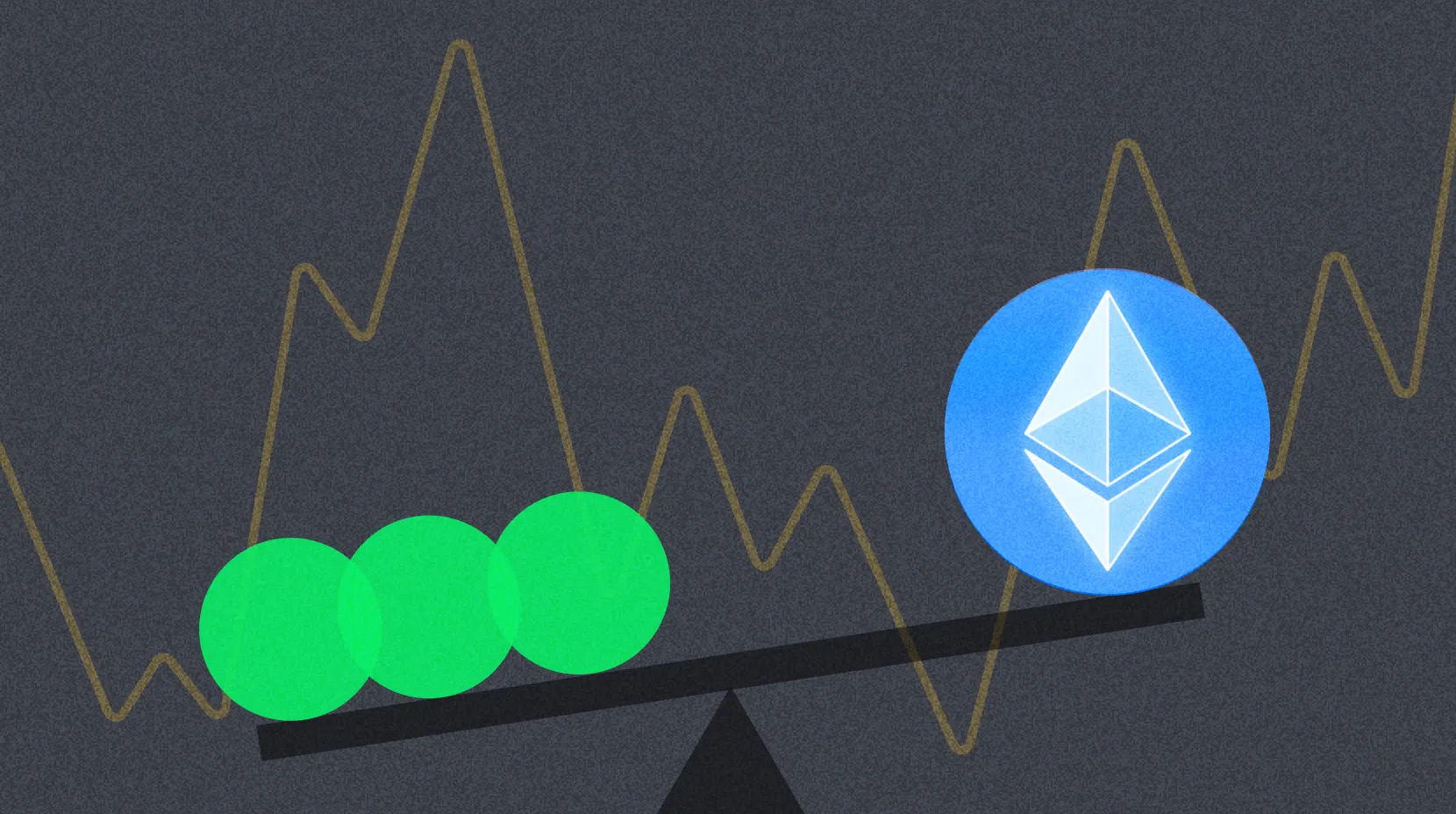
ETF Leveraged Tokens — Product Guide
Intermediate
5 lessons
693 learners
3min
ETF Leveraged Tokens — Product Guide
ETF Leveraged Tokens — Product Guide
This course provides a systematic explanation of the core mechanics behind ETF leveraged tokens — a product designed to deliver multiple times the daily returns of an underlying asset by hedging in the perpetual futures market. These tokens are high-risk, high-volatility instruments, best suited for short-term swing trading or hedging strategies.
When used properly, leveraged tokens can amplify gains or hedge market risk, offering key advantages such as:reduced losses in downtrends, and enhanced profits in uptrends.

Tools That Help You Trade Better: Moving Averages, Trend Lines, and Indicators
Advanced
17 lessons
496 learners
Tools That Help You Trade Better: Moving Averages, Trend Lines, and Indicators
Tools That Help You Trade Better: Moving Averages, Trend Lines, and Indicators
There are no trading rules that are applicable to any scenario. These courses will help you establish your own trading strategy, then test it and improve on it in practice

Technical analysis: A useful tool to understand trends in contract trading
Intermediate
17 lessons
914 learners
Technical analysis: A useful tool to understand trends in contract trading
Technical analysis: A useful tool to understand trends in contract trading
Understand candlestick patterns and recognize market trends. Build a technical analysis system to make informed trading decisions
More
Learn by Topic
Latest Courses
More
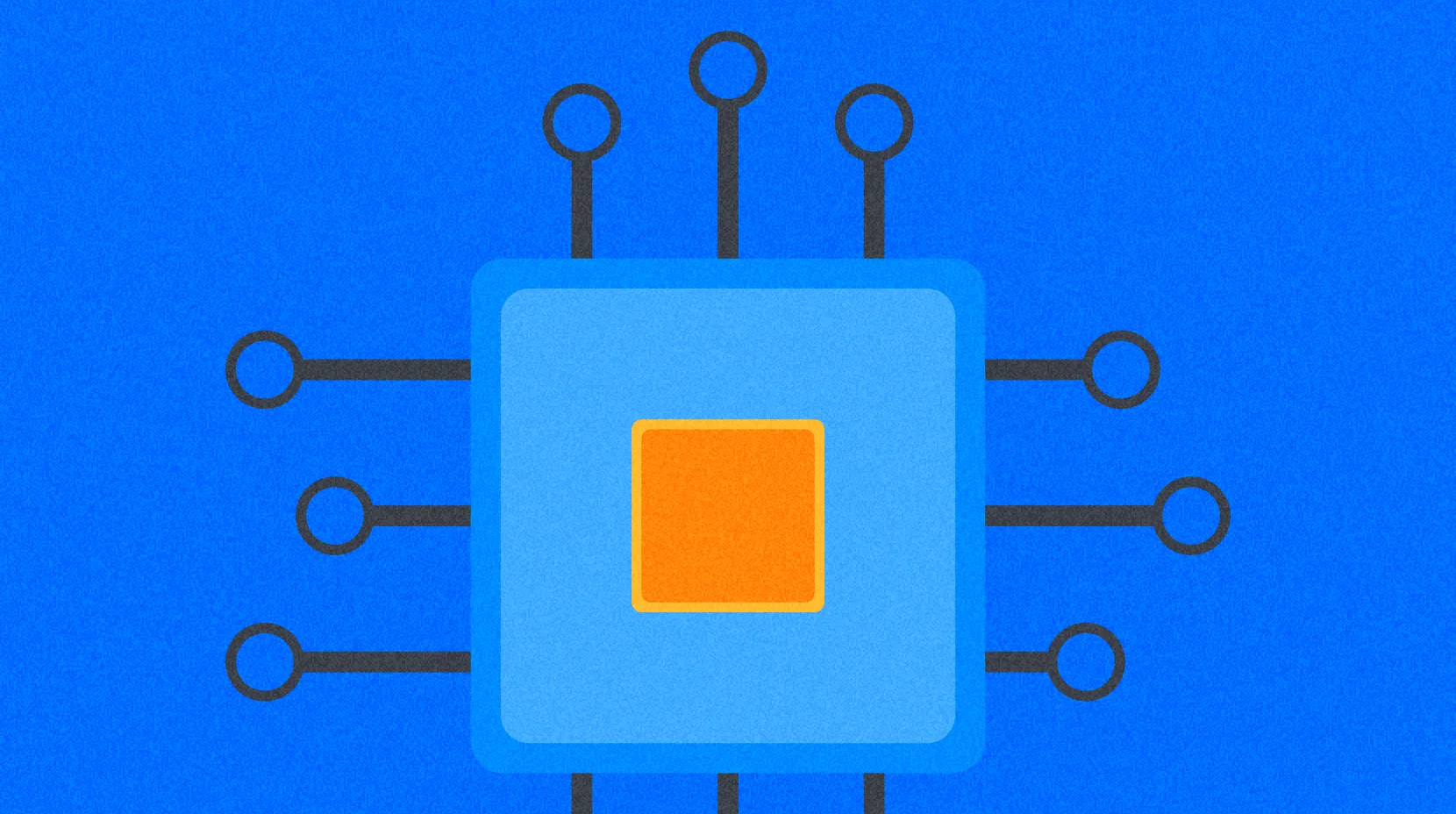
Introduction to Zero‑Knowledge Coprocessors
Intermediate
5 lessons
0 learner
Introduction to Zero‑Knowledge Coprocessors
Introduction to Zero‑Knowledge Coprocessors
Zero‑Knowledge Coprocessors (ZK Coprocessors) are a new advancement in blockchain technology that combine off‑chain computation with on‑chain verification. They allow blockchains to process complex or data‑heavy tasks without compromising security or decentralization. By generating cryptographic proofs, ZK Coprocessors ensure that off‑chain computations can be trusted without having to repeat them on‑chain.
This course provides a comprehensive understanding of ZK Coprocessors, from basic concepts and cryptographic foundations to real‑world applications and future research directions. It is designed to bridge the knowledge gap for both beginners and experienced blockchain developers seeking to explore this emerging field.

Introduction to Saros
Intermediate
5 lessons
6 learners
Introduction to Saros
Introduction to Saros
Saros is a decentralized finance protocol built on Solana, offering integrated services for trading, staking, farming, identity management, and governance. This course presents a detailed examination of how Saros operates, how its components are structured, and how users engage with the platform. Learners will gain practical understanding of Saros's architecture, token utility, and governance systems designed to support long-term protocol sustainability.

Introduction to Bitcoin Layer-2s
Intermediate
5 lessons
0 learner
Introduction to Bitcoin Layer-2s
Introduction to Bitcoin Layer-2s
Bitcoin Layer-2s are solutions built on top of Bitcoin to help it scale, reduce costs, and unlock programmability without changing the base protocol. This course introduces the major Layer-2 architectures, how they work, and what trade-offs they involve.
More
Latest Articles
More
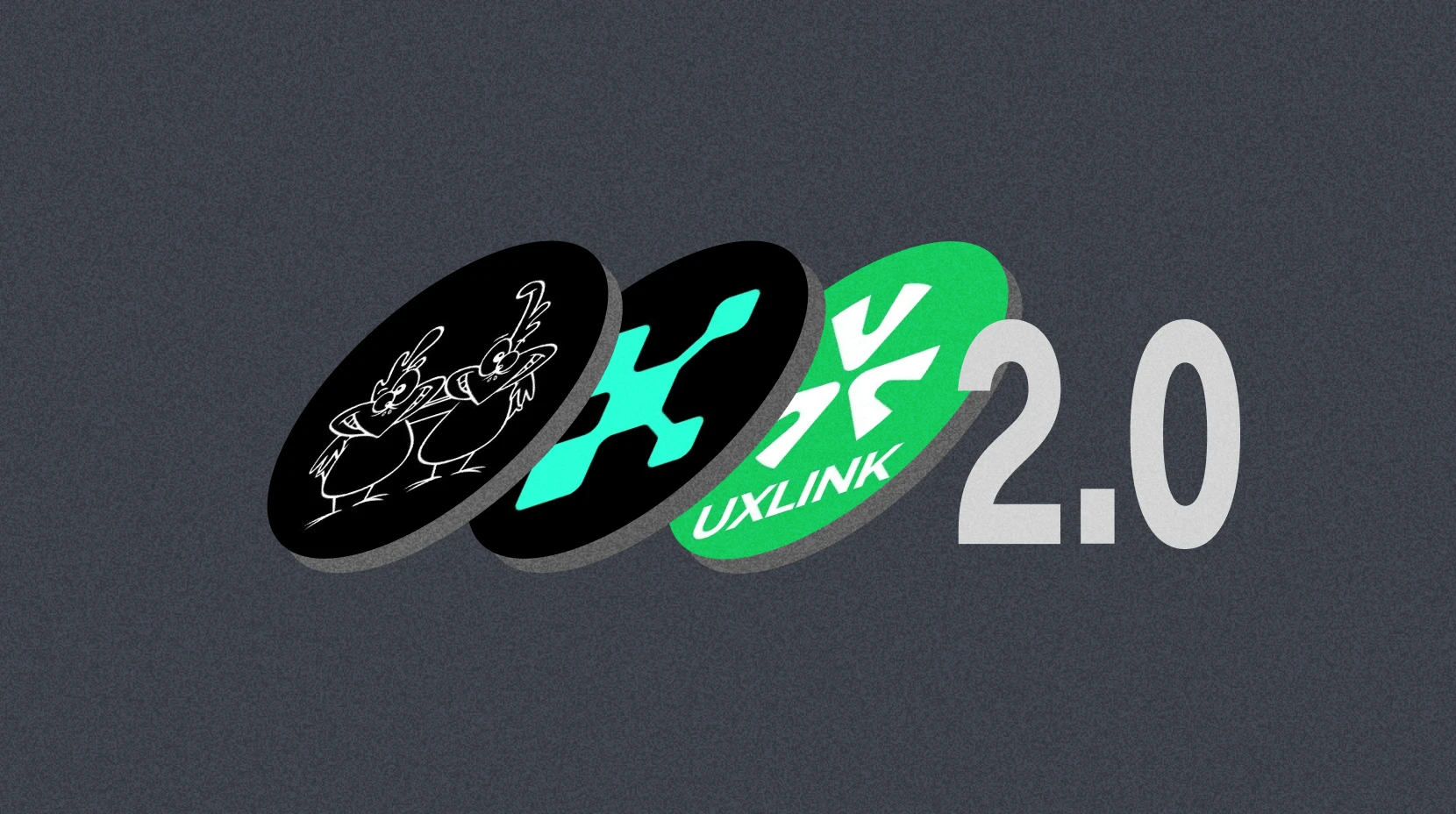
Intermediate
Social Tokens 2.0: The Latest Evolution of Blockchain Social Economy and Use Cases
An in-depth look at the rise of Social Tokens 2.0, analyzing key projects like $FWB, $KAITO, and $PENGU. Explore their tokenomics, community culture, and on-chain applications to understand the evolving intersection of social interaction and crypto.
7/28/2025, 7:44:35 AM
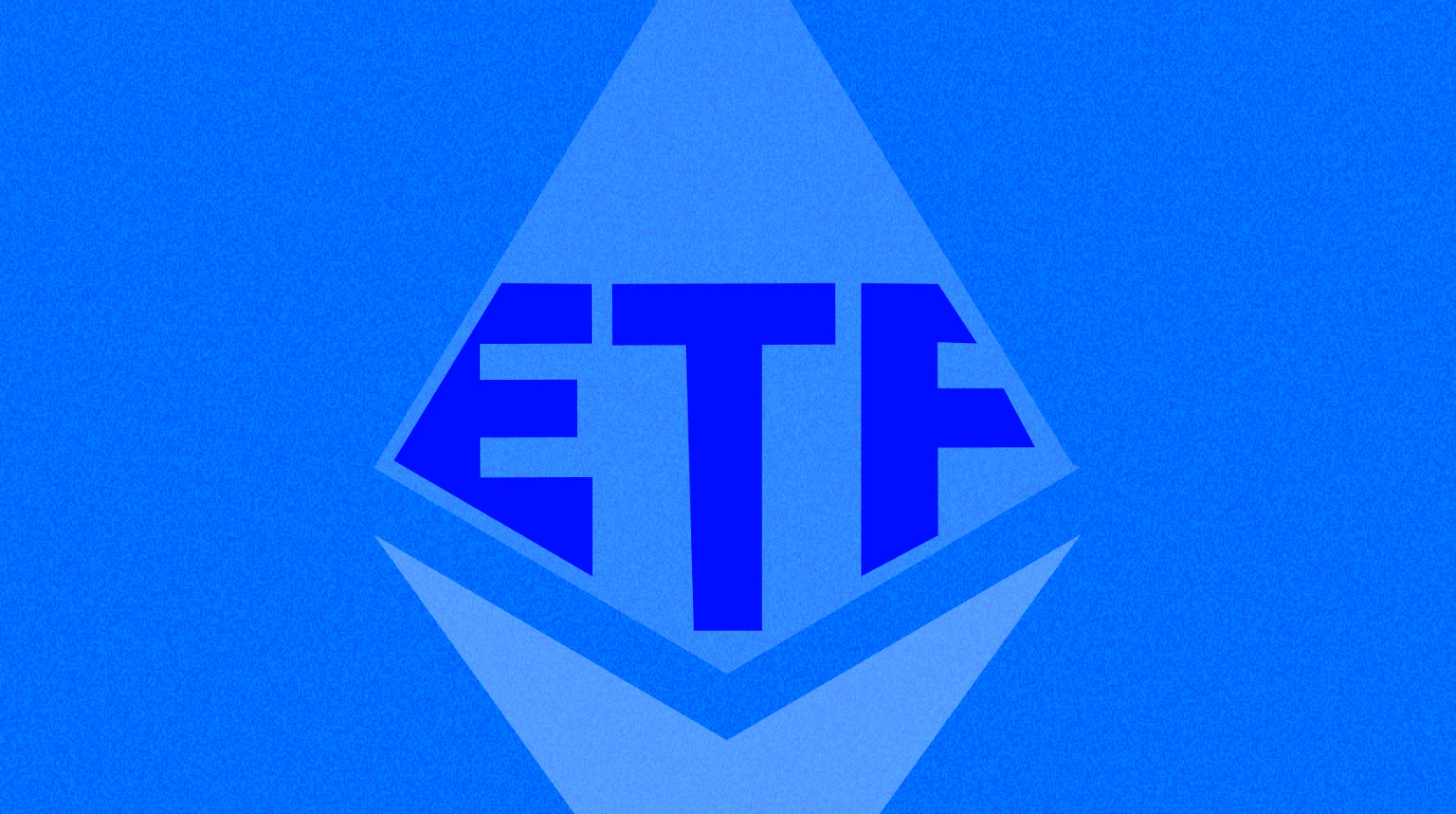
Intermediate
Ethereum ETF One Year Ago: From Cold to Hot, the Confidence of Institutions Behind the Flow of Funds Changes
The article notes that while the Ethereum ETF initially received a tepid market response at launch, the recent surge in capital inflows signals a marked rise in institutional investors’ confidence in Ethereum.
7/28/2025, 7:36:24 AM

Intermediate
No more being squeezed when trading on SOL? Understanding Jito’s newly launched BAM
This article offers a comprehensive analysis of BAM’s technical framework, application use cases, and ecosystem effects, illustrating how the integration of privacy protection, order verifiability, and application-layer programmability enables BAM to resolve unfair transaction ordering and mitigate adverse MEV challenges.
7/28/2025, 7:33:04 AM
More
Latest Research
More
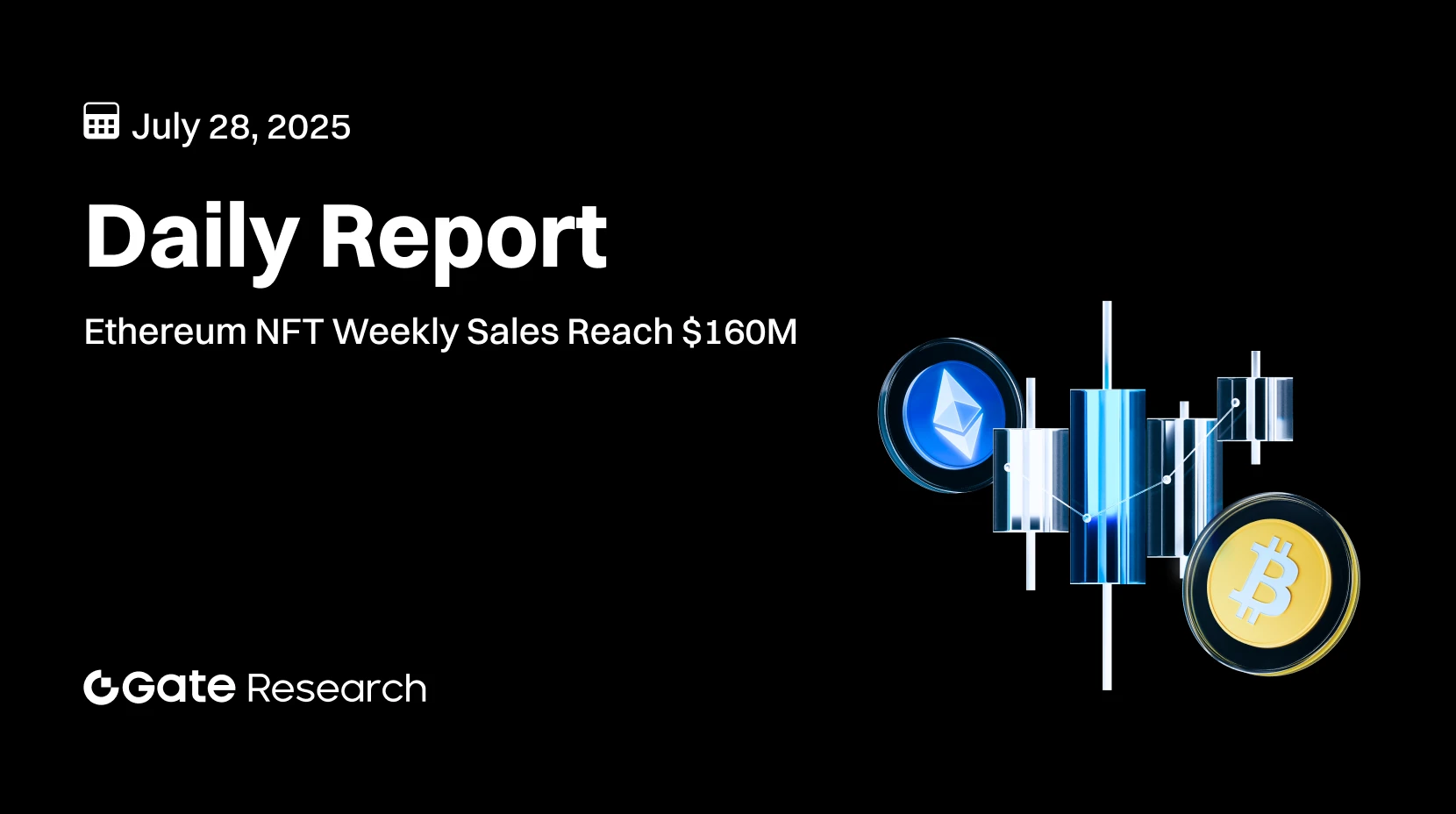
Advanced
Gate Research: Ethereum NFT Weekly Sales Reach $160M | Lending Platform Leverages World ID for Unsecured Crypto Loans
Gate Research Daily Report: On July 28, BTC fluctuated within the 117,000 to 120,000 USDT range, while ETH is currently in a short-term upward channel, with its price approaching the resistance zone around 3,900 USDT. Over the past seven days, Ethereum-based NFT sales totaled nearly $160 million, with CryptoPunks ranking first. Decentralized prover network Succinct has launched the Succinct Foundation, potentially in preparation for a token TGE. Meanwhile, lending platform Divine Research is using World ID to verify borrowers for issuing unsecured crypto loans.
7/28/2025, 6:34:22 AM
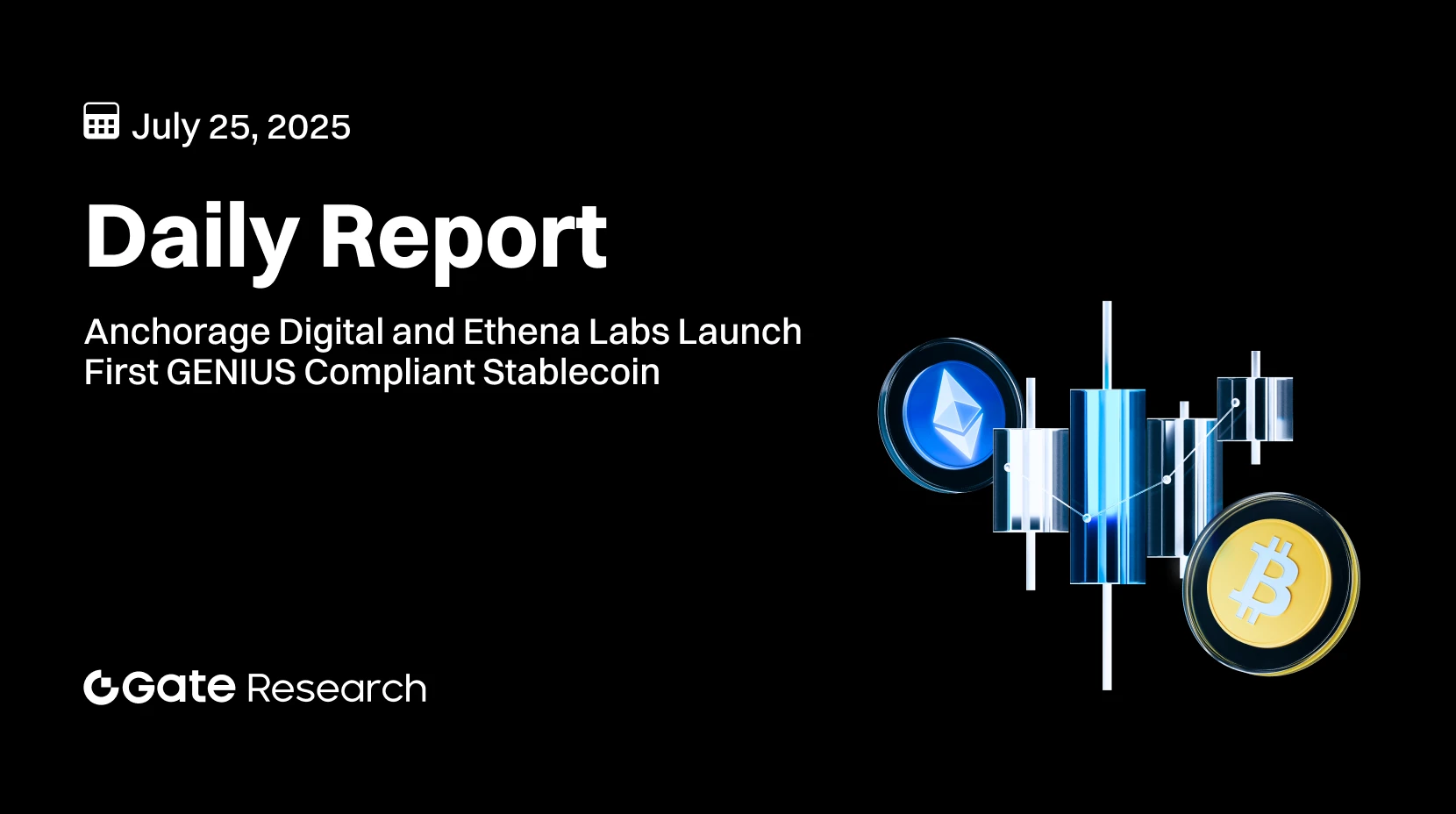
Advanced
Gate Research: Anchorage Digital and Ethena Labs Launch First GENIUS Compliant Stablecoin | WOO X Attacked, Loss Estimated at $14 Million
Gate Research Daily Report: On July 25, BTC is currently testing the support level at 117,194.2 USDT; ETH is fluctuating between 3,673.33 USDT and 3,690.60 USDT. The WOO X platform was attacked, resulting in an estimated loss of $14 million, and the platform has promised full compensation to affected users. Resolv has activated its protocol fee mechanism, with a portion of profits being returned to RESOLV stakers. Anchorage Digital has partnered with Ethena Labs to launch the first GENIUS-compliant stablecoin, USDtb.
7/25/2025, 7:08:00 AM
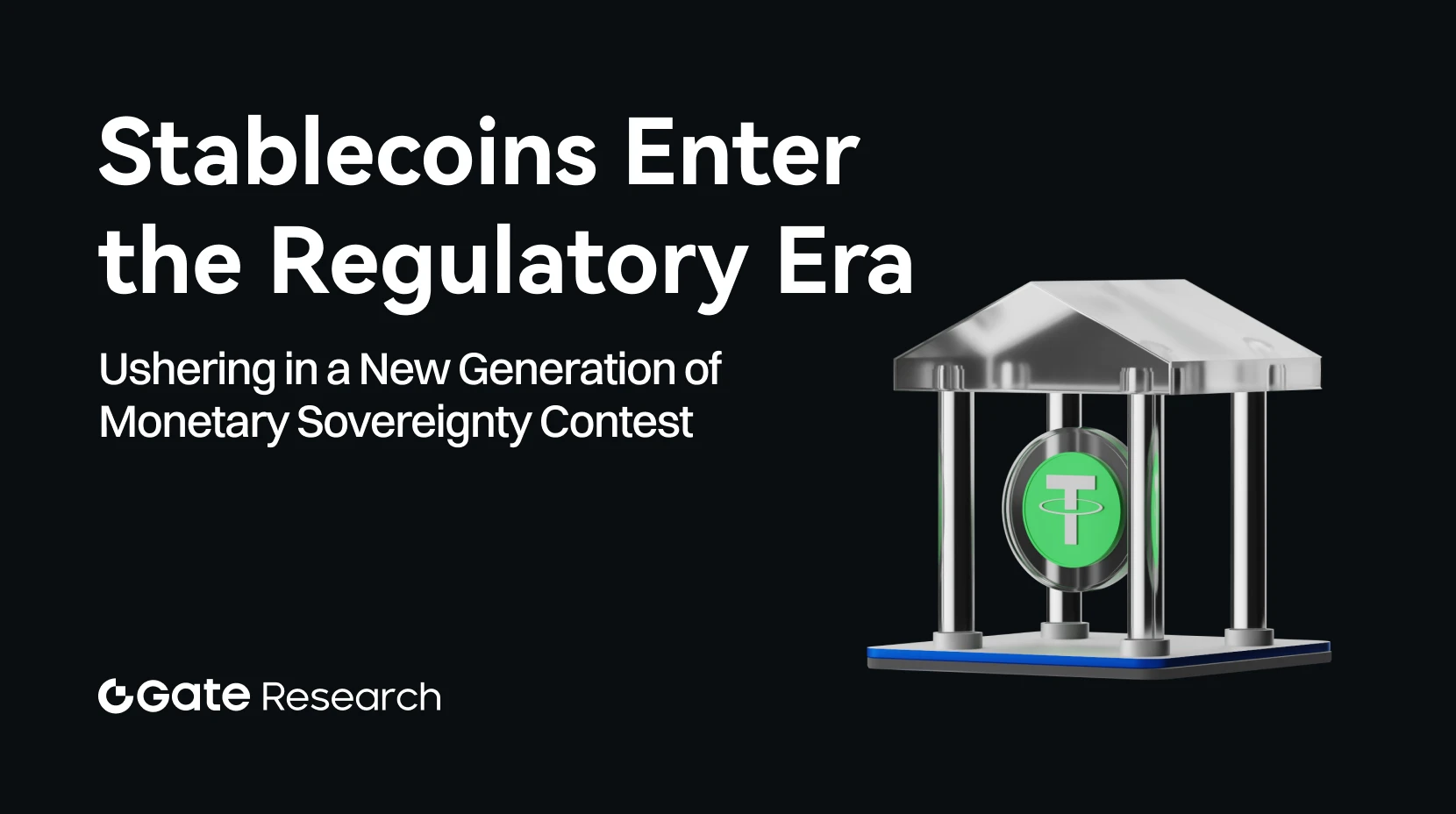
Advanced
Gate Research: Stablecoins Enter the Regulatory Era, Ushering in a New Generation of Monetary Sovereignty Contest
This report systematically reviews the current status and regulatory developments of the global stablecoin market, focusing on legislative trends in major economies such as the United States and Hong Kong since 2025. Currently, the global stablecoin market capitalization exceeds USD 260 billion, with over 170 million users worldwide, spreading across more than 80 countries and regions, making stablecoins an essential part of the digital financial infrastructure. In 2025, the United States passed the Genius Act and Clarity Act, while Hong Kong issued the Stablecoin Ordinance, marking the official entry of global stablecoins into a strongly regulated era.
7/25/2025, 6:59:28 AM
More
Glossary
More
Fiat Currency
It is the lawful currency issued by the central bank of a country, such as Chinese Yuan, US Dollar, and Japanese Yen.
Smart Contract
First proposed by Nick Szabo in the 1990s, it is a kind of computer protocol aiming at disseminating and verifying contracts.
Metaverse
“Metaverse” is made up of two parts: “Meta”, which means “transcendent” and “Verse”, which means “universe”.
FOMO-Fear of Missing Out
FOMO, short for fear of missing out, refers to the emotion of fear of missing out and suffering from gains and losses.




Glossary
Fiat Currency
It is the lawful currency issued by the central bank of a country, such as Chinese Yuan, US Dollar, and Japanese Yen.
More
Your Gateway to Crypto World, Subscribe to Gate for A New Perspective
